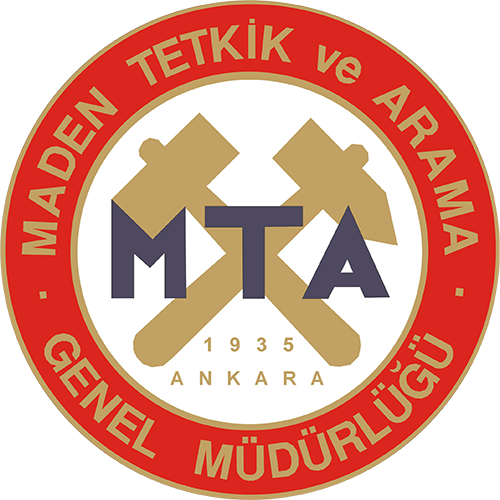Details
Vitrinite reflectances and mineralogy of coal clasts in the Late Carboniferous sequences in the two-deep research wells from the Kozlu coalfield (Zonguldak Basin, NW Türkiye)
Kozlu kömür sahasında (Zonguldak Havzası, KB Türkiye) açılan iki derin araştırma kuyusunda Geç Karbonifer yaşlı istiflerin içerisindeki kömür klastların vitrinit yansıtmaları ve mineralojisi
Indexed In
Volume 173 / April 2024Authors
Ali İhsan KARAYİĞİT, Rıza Görkem OSKAYKeywords
Zonguldak Basin, Late Carboniferous, Coal Petrography, Coal Clast, Erosion of Coal Seams.Abstract
Fifty-four coal clast samples in the siliciclastic rocks (e.g., sandstone and conglomerate) were collected from cores of two-deep research wells (K20H and K20K) drilled at the Kozlu coalfield in Zonguldak Basin, and for the first time, they were evaluated using mineralogy by XRD and SEMEDX and random vitrinite reflectance (%Rr) measurements in order to find out their origin and timing. Petrographic observations on polish surfaces show that the coal clasts are either entirely xylitic/vitrinitic particles or coals including a broader range of macerals. The detected minerals in the samples are mostly derived from the parental coal seams and, to a lesser extent, precipitated from penetrated pore-water in the cleats/fractures of clasts. The %Rr values of coal clasts in Carboniferous sediments are generally relatively higher than those measured in the coal seams due to weak oxidation during transportation. Furthermore, similar mineralogical and maceral compositions between coal clasts and coal seams imply that these clasts were mainly eroded during the peatification and/or early coalification of parental seams and display similar coalification patterns. The close %Rr value of a coal clast sample in the Early Aptian Zonguldak Formation and Carboniferous coal seams could suggest that this coal clast sample is presumably derived from the coal seams eroded during Early Aptian.
Click for .pdf Türkçe .pdf için tıklayınız
